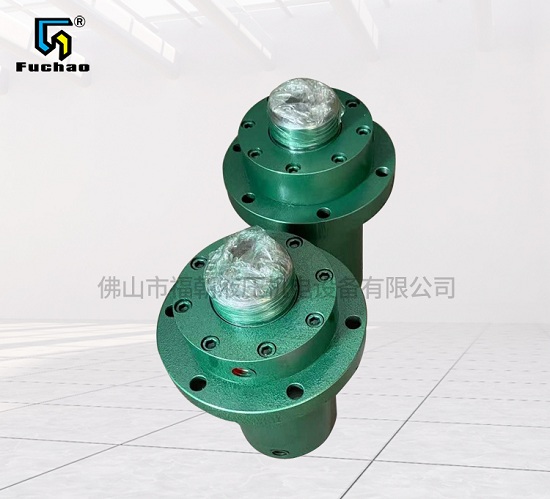Oil cylinder is a kind of hydraulic component commonly used in the industrial field, which is used to store hydraulic oil and participate in the Hydraulic system ,
Different types of oil cylinders have different appearance structures and characteristics.
about Oil cylinder manufacturer As for appearance inspection, it is an important work to ensure the quality and help to ensure the next use effect of the oil cylinder.
The following are the appearance inspection standards of the oil cylinder manufacturer.
1. Dimension inspection
During the production of oil cylinders, a basic principle should be observed, that is, they should be manufactured according to standards,
This requires the inspection and confirmation of various dimensions of the oil cylinder, which can be completed through measurement,
The key points of inspection are the key parts specified in the design drawings,
For example, the cylinder wall thickness, inner diameter, outer diameter, length, etc., to ensure that the produced cylinder meets the design standards.
2. Surface quality inspection
Surface quality is a very important link in the production process of oil cylinder, which is often directly exposed to the working environment, so the requirements for appearance quality are very high.
In the process of appearance quality inspection, it is necessary to detect whether there are pits, scratches, pores, scars and other defects on the cylinder surface,
And whether the surface finish meets certain requirements. If there are problems, they need to be treated or replaced.

3. Installation hole position detection
When installing the oil cylinder, it needs to be fixed at a certain position of the equipment, and the position of the mounting hole can play a positioning role.
Therefore, during the appearance inspection, it is necessary to check whether the mounting hole of the oil cylinder is consistent with the designed position,
Whether the rationality of its position, hole size and accuracy meet the requirements.
4. Weld inspection
The oil cylinder usually needs to be welded during production, and the quality of welding will directly affect the working performance of the oil cylinder.
The first thing to be detected is the weld joint, and defects such as faulty welding and porosity should be avoided.
Secondly, the strength of the welding area must meet the standard, and have a certain tensile strength and compressive strength.
5. External flatness detection
The external flatness detection of the oil cylinder is mainly to detect whether the side of the oil cylinder is flat, which is caused by factors such as media and external forces.
This detection process requires the help of relevant measuring instruments to detect whether the flatness of the cylinder side meets the standard.
In general, the appearance inspection standards of the oil cylinder manufacturer mainly include five aspects: dimension inspection, surface quality inspection, installation hole position inspection, weld inspection and external flatness inspection. These five aspects are important guarantee measures to ensure the quality of the oil cylinder, and also can not be ignored in the quality inspection of the oil cylinder in the industry. Since the oil cylinder is mainly used in hydraulic transmission and control system, if the quality of the oil cylinder is not up to standard, it will have a negative impact on the whole system, which may lead to equipment failure and directly threaten the normal operation of the production line and the safety of workers. Therefore, the oil cylinder manufacturer must strictly abide by these appearance inspection standards in the production process to ensure that the quality of the products produced fully meets the technical requirements.



